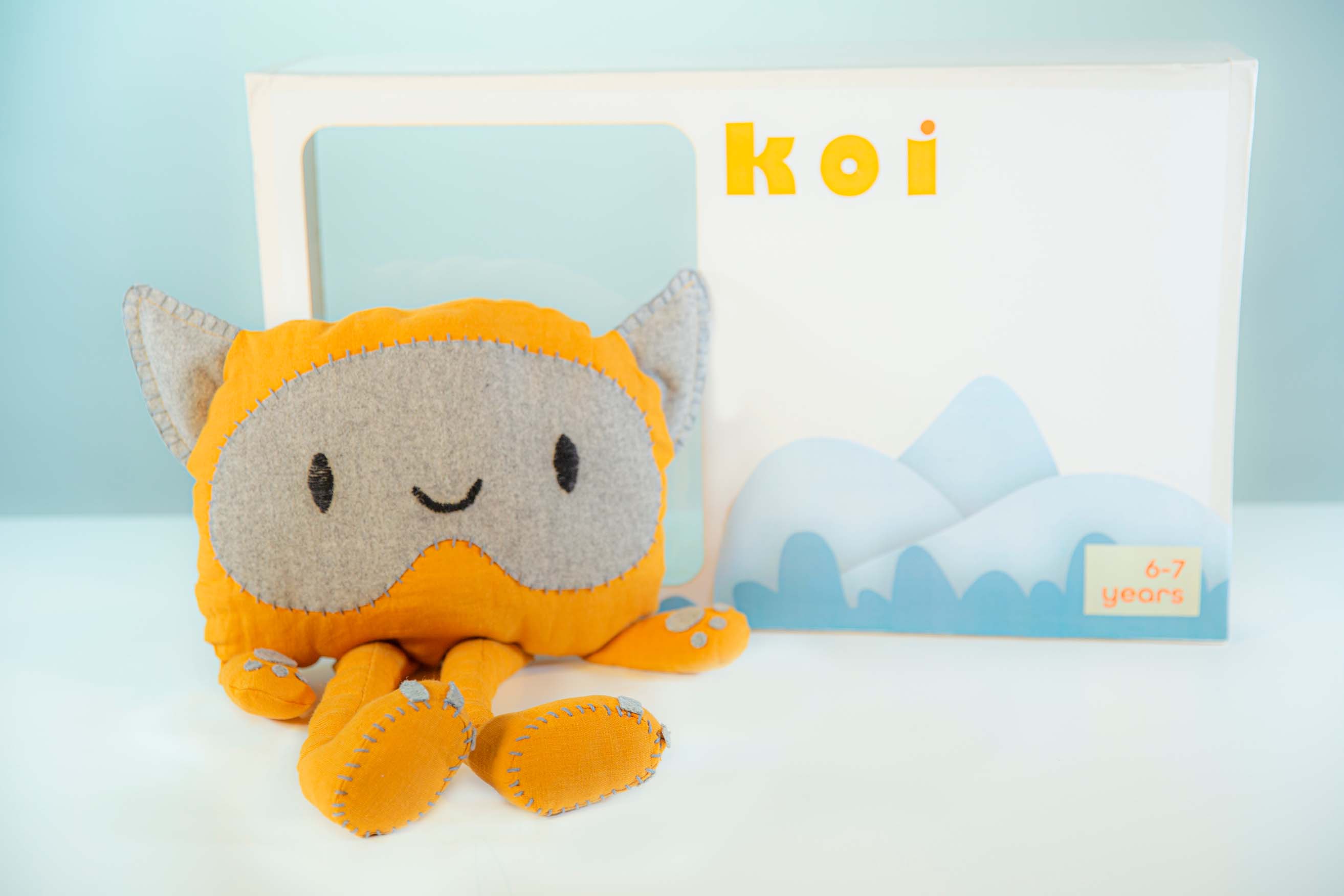
This is Koi Companion, the tool that is meant to answer to the emotional support the kid might need. It also enables a way for the kid to externalize their disease — by taking care of the Koi Companion they are also taking care of themselves
10 weeks, 2021
Product Design
Umeå Institute of Design

Koi introduces a groundbreaking approach to diabetes management for children, offering a series of specialized toolkits designed to educate and empower young patients with type 1 diabetes. Recognizing the increasing diagnoses and the critical need for effective disease management, Koi provides a practical and compassionate solution. These toolkits, which can be prescribed by nurses, are not just about learning to control diabetes; they also address the emotional challenges faced by young patients. Designed for use at home or between hospital visits, Koi helps children and their support networks build a strong foundation of knowledge and resilience. With tools that are accessible and engaging, Koi creates a supportive environment for children with diabetes, ensuring they have the resources to manage their health confidently and independently.
TEAM
Amanda Wallgren | Sam Zandbergen | Rachel Zheng

This is Koi Companion, the tool that is meant to answer to the emotional support the kid might need. It also enables a way for the kid to externalize their disease — by taking care of the Koi Companion they are also taking care of themselves
When the companion is hugged it reads the glucose sensor, that most people with diabetes are equipped with today, on the kid's arm using an NFC reader. It then retrieves the kid's values and gives feedback. This enables the kid to take care of the toy while at the same time taking care of themselves - when the Koi companion’s levels are stable the kid’s will also be.
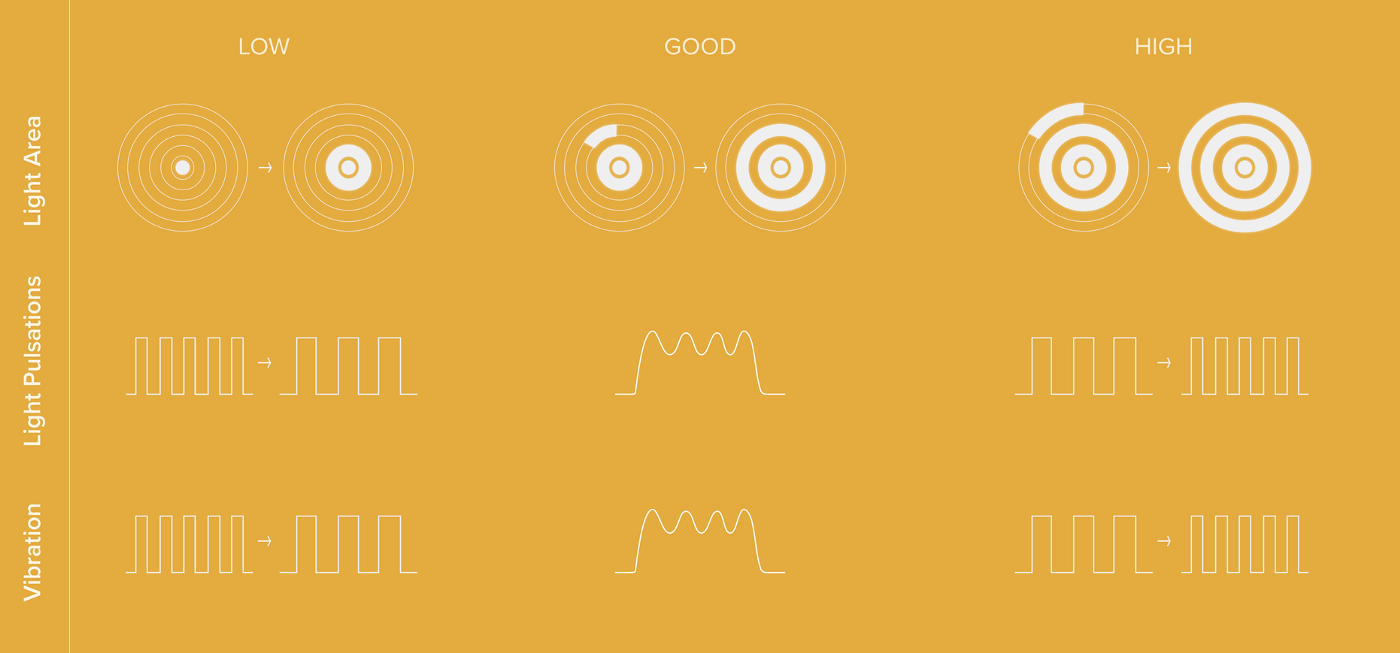
The feedback of the Koi Companion consists of haptic and visual feedback. The lighting pattern, as well as the haptic pattern, will change depending on the kid's blood sugar level.
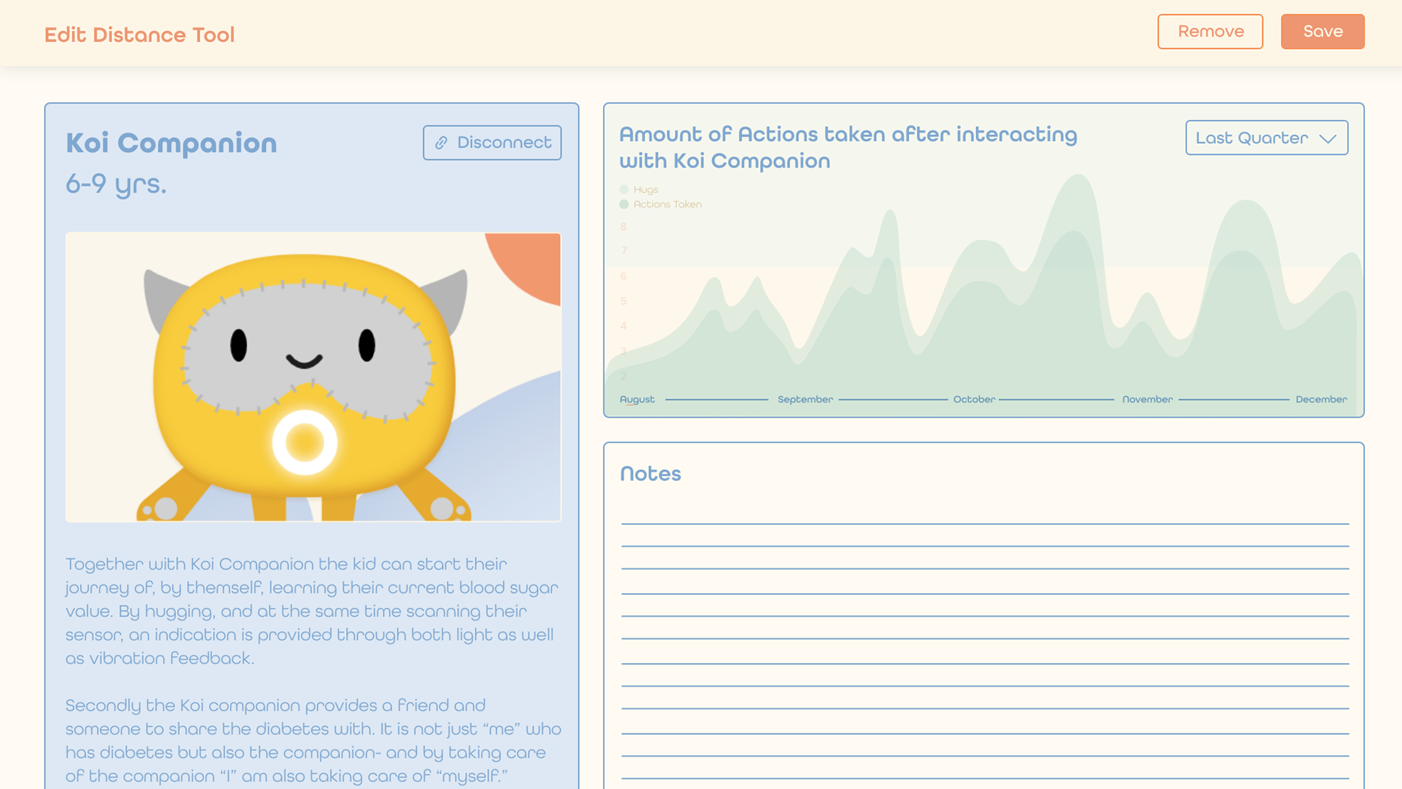
Here you can see the Koi Companion from the nurse side. Using this platform nurses are able to monitor the interaction between the kid and the Koi Companion.

The Education Board answers to the practical learning that the kid needs. One example is learning how to calculate the amount of insulin that is needed depending on what they plan to eat.
The Education Board comes with different tokens representing different types of food that are used to give input on the board. The physical board enables tangible input and digital output through the screen, for the kid to fully engage in the learning. The kid will be able to engage in general challenges but also personalized ones that are sent out from the nurse– this since everyone’s diabetes is different and the kid needs to learn about their own.
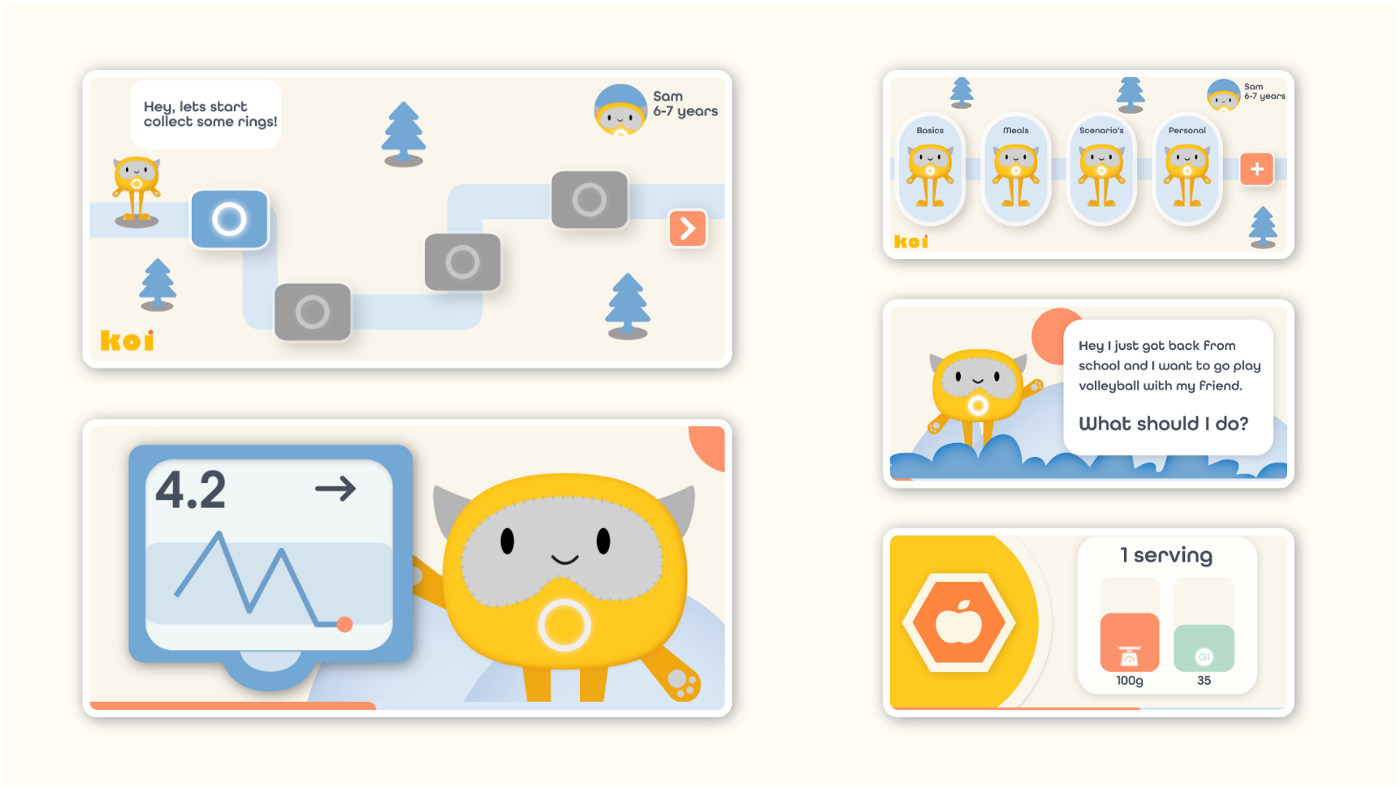
Example screens from the mobile interface

From the nurse’s perspective, with the super powers, kids can unlock “levels” which is an agreement with the parents on what they trust their kid to do depending on how they handle their diabetes.
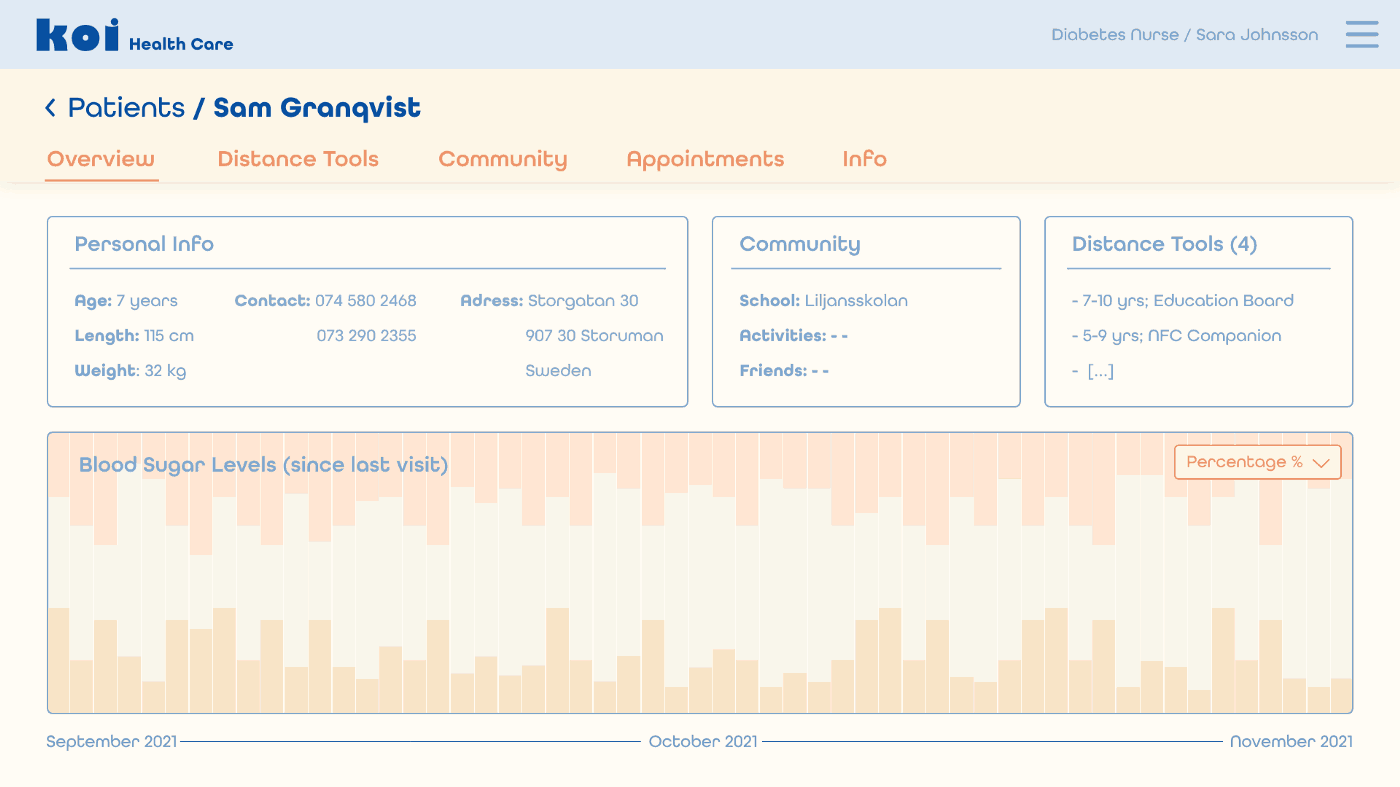
The Nurse Platform is the overarching concept for Koi which keeps everything together. Here the nurse can keep track of the kid's health data while, at the same time, support them through their learning journey at a distance. They can also see how the kids are interacting with their distance tools and how this relates to their blood sugar level.



This project was exhibited at the Dubai Expo 2021 on the Swedish pavilion



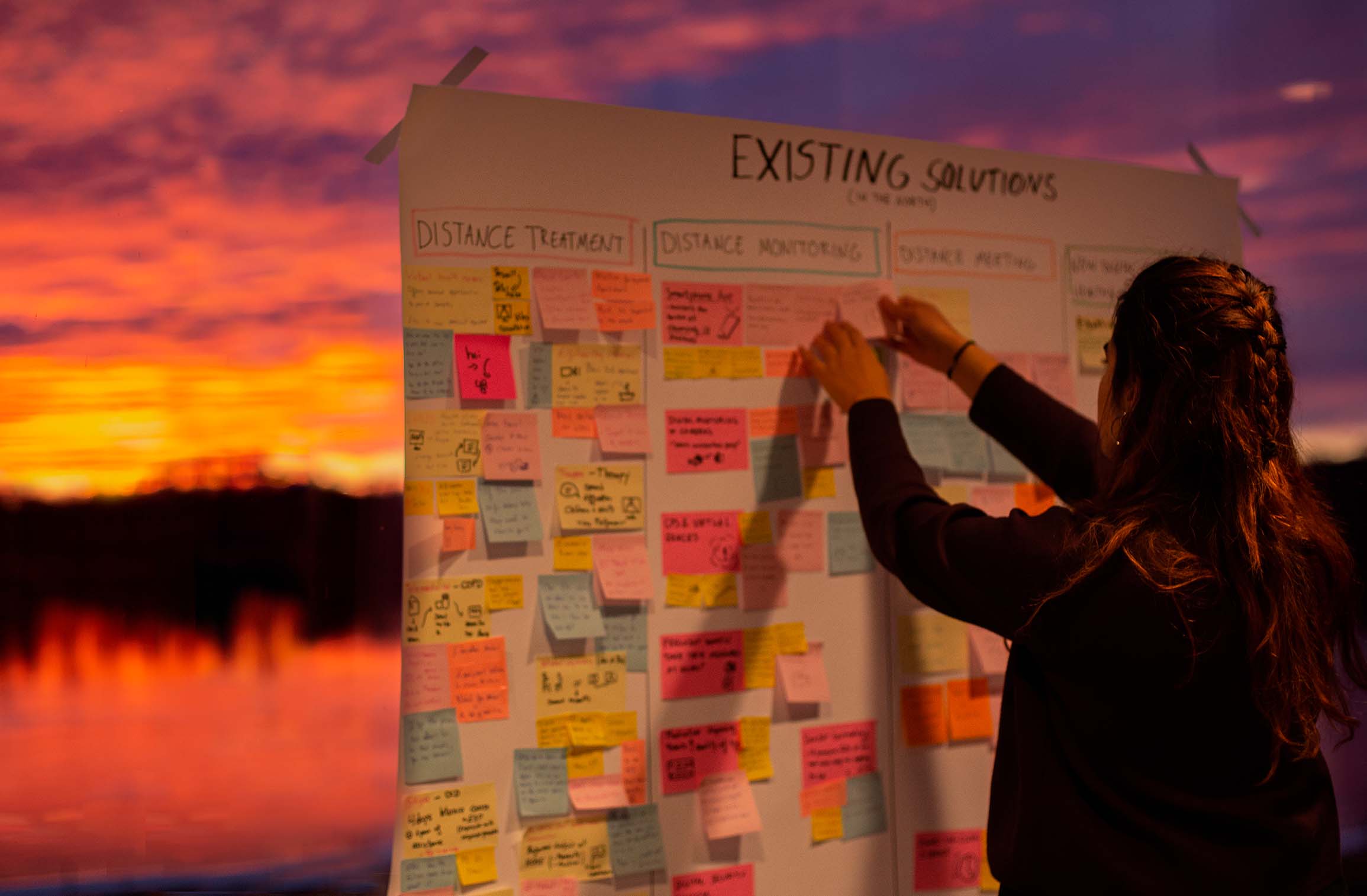
We kick-started the project by discussing our own personal experiences, followed by a study visit and the revision of articles. Our research led us to do several tangible interviews using the journey mapping technique.
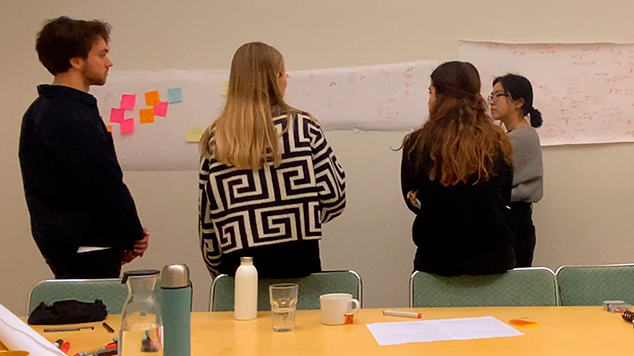
We kick-started the project by discussing our own personal experiences when it comes to health care at a distance. One main aspect, that later would come to guide our entire project, was a story about my brother who had since a young age lived with diabetes type 1 and how that had been.
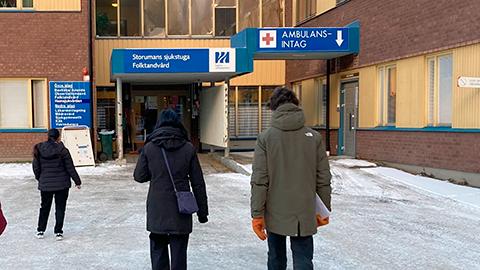
The second week we traveled to Storuman, a rural town in the north of Sweden, to talked with local experts. We clearly saw the sense of community and and got to learn about their view on how important preventative care will be in the future.

After coming back we began the work of synthesizing. We decided to work with the concept of preventative care and to focus on people living with chronicle diseases in places faraway from the specialized medical care they would need. To give the project an extra focus we decided on working with the chronic disease diabetes type 1 and young kids. This both because of our personal relations to the topic as well as the need for preventative care in the future. In addition to this, diabetes felt relevant since it has increased by 40% in Västerbotten between 2009–2019. And, if not managed well, diabetes can lead to devastating complications, such as heart disease, nerve damage, blindness, kidney failure, amputations AND mental illness.

We spoke to x3 People with diabetes, x4 parents, x2 Sibilings, x2 Medical Professionals, x1 Comunity "expert" & x1 School Staff. And we use the Journy Mapping technique to interviwe them. We realized early that when living with diabetes it does not only effect the patient but also the people around them. Therefore we started to interview not only the diabetes patients themselves but also their parents, siblings, teachers as well as medical professionals.











